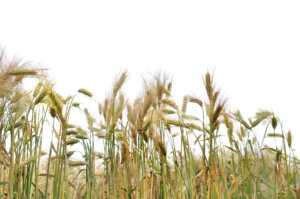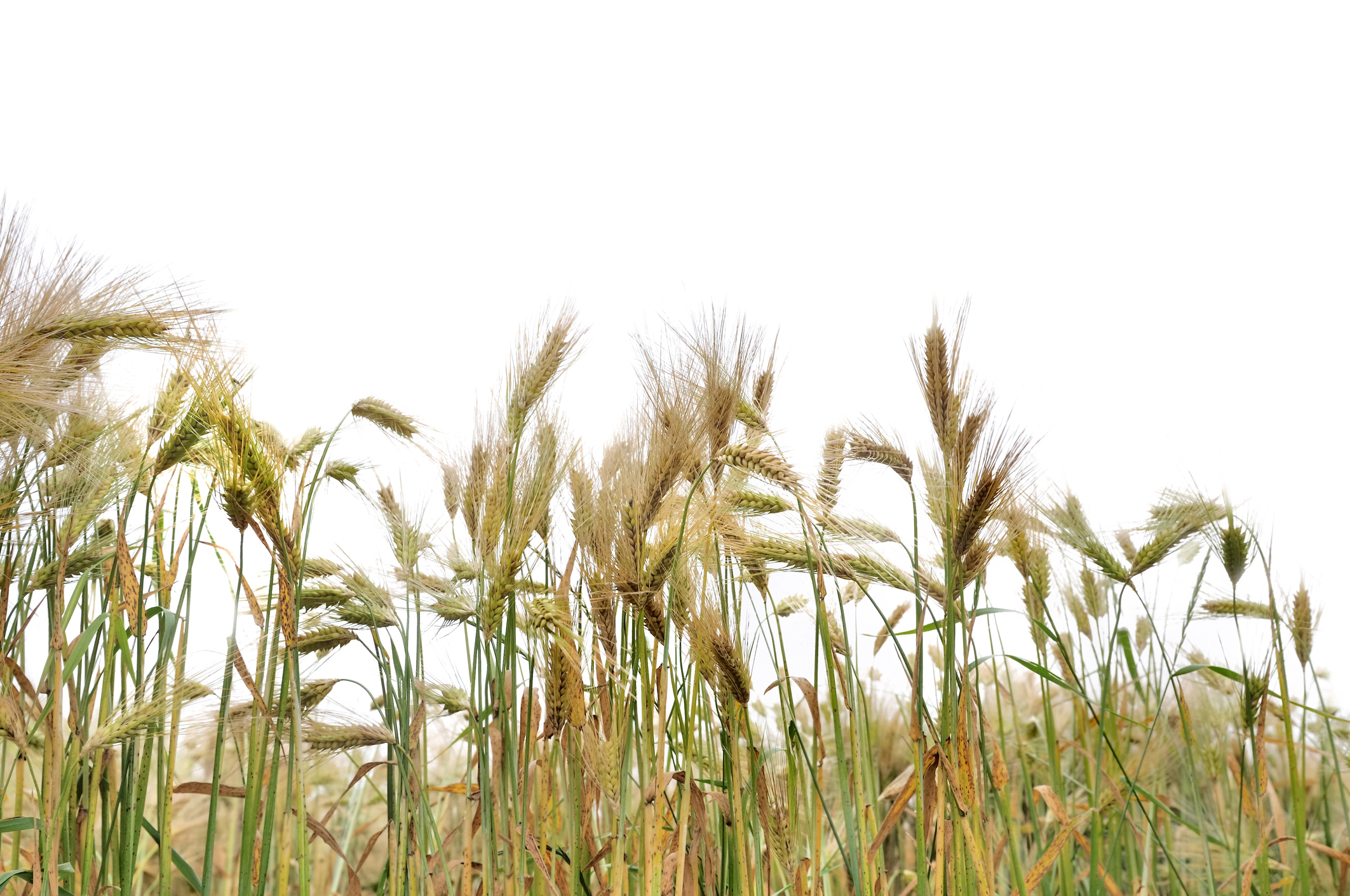Argentina produces a stunning 125mmt of the world’s grain production. Its share of world grains and by-products’ trading is 15%, involving exports of 86mmt of grains and oilseed products.
Wheat production in 2019-20 is recorded at 20.8 million tonnes, the planted area for this marketing year has grown by 200,000 hectares to 6.4 million hectares.
Due to 2018-19 strong returns, producers increased inputs and technology to achieve this higher productivity in 2019-20. The average yield was estimated at 3.25 tonnes per hectare, which is higher than the average yield of the past 5 to 10 years.
Argentina’s grains industry has largely self-funded its industry good functions. Rather than rely on government funding and action, the grains industry has established and supported its own set of industry-good organizations.
Farmers remain optimistic due to favorable returns this year and mainly good weather during the production period. Furthermore, wheat as a winter crop for weed and erosion control and financial liquidity for operating expenses remains popular as does a wheat followed by soybean planting rotation.

The projected climate change is likely to deliver warmer and wetter growing conditions in Argentina’s grain-growing provinces. These conditions favor an increase in crop production, although groundwater management, disease and plant pest problems and ongoing climate variability pose persistent challenges. In some situations, greater availability of water will provide opportunities for crop irrigation.
The likely increase in crop production, combined with the shift away from livestock production over the past two decades, does mean that Argentina is likely to remain an increasingly important exporter of grain. Better breeding and greater use of best practice crop technologies also promises to improve the quality of Argentinian wheat.



